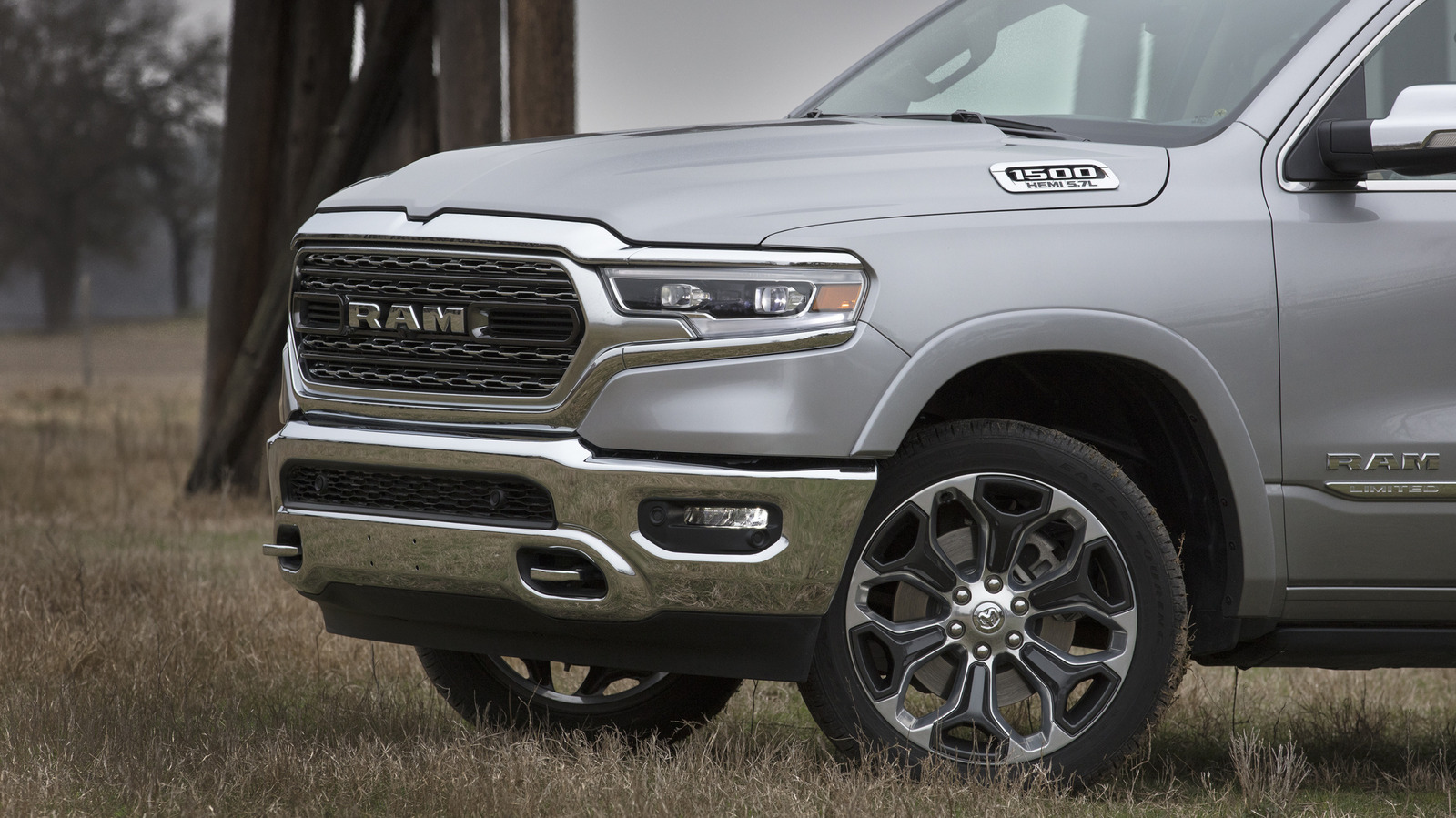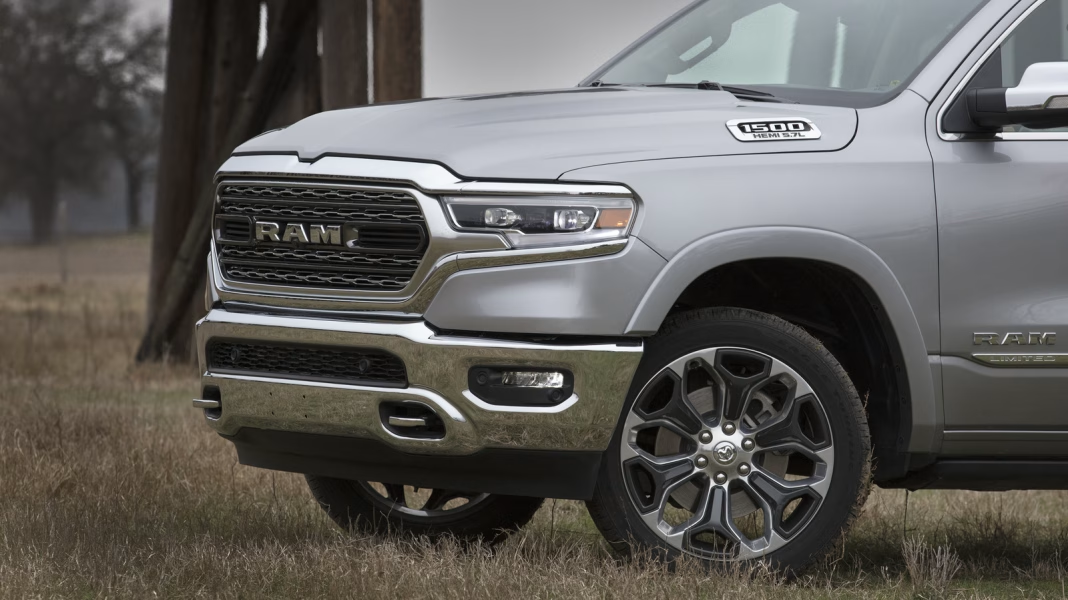Are Ram 1500 Control Arms Really Made With Plastic?
You might have heard the buzz: the Ram 1500’s upper control arms contain plastic. That’s right—plastic, in a part most folks expect to be solid metal. So, is this a recipe for disaster, or just another social media storm in a teacup? Let’s break down what’s really going on, and whether you should be worried about your truck’s bones.
What Exactly Do Control Arms Do on a Truck?
Think of control arms as your truck’s shoulders. They connect the wheels to the frame, letting the suspension move up and down while keeping everything pointed in the right direction. Without them, you’d have a bumpy, unpredictable ride—if you could drive at all. In modern trucks like the Ram 1500, control arms are crucial for handling, comfort, and even safety. They’re designed to flex just enough to absorb road shocks, but not so much that your alignment goes haywire.
Why Would a Manufacturer Use Plastic in a Control Arm?
At first glance, using plastic in a control arm sounds like a shortcut. But it’s not as simple as swapping out steel for the stuff in your kid’s lunchbox. Automakers are constantly looking for ways to reduce weight and improve fuel efficiency. Every pound shaved off helps with gas mileage and emissions. According to a 2023 report from the Center for Automotive Research, lightweight materials can improve fuel economy by up to 7% for every 10% reduction in vehicle weight.
But here’s the catch: the “plastic” in question isn’t the brittle kind you’d find in a soda bottle. It’s typically a high-strength composite, often reinforced with glass fibers or other materials. These composites can be surprisingly tough—sometimes even outperforming metal in specific stress tests. The Ram 1500’s upper control arms use this type of material in certain sections, not the entire arm. The metal backbone is still there, but the composite helps cut weight and resist corrosion.
Are Plastic Control Arms Actually Weaker?
This is where things get interesting. Social media loves a good outrage story, but the reality is more nuanced. Composite materials have been used in aerospace and motorsports for decades, precisely because they can handle high stress and fatigue. When engineered correctly, they can absorb impacts and flex without cracking. In fact, a 2022 study published in the SAE International Journal of Materials and Manufacturing found that glass-fiber-reinforced composites used in suspension components can match or exceed the fatigue life of traditional steel parts.
Of course, no material is perfect. Composites can be more sensitive to extreme heat or UV exposure, and they may not handle sharp impacts (like hitting a curb at speed) as well as forged steel. But for daily driving, towing, and even moderate off-roading, the data suggests these control arms hold up just fine. If you’re planning to build a hardcore rock crawler, you might want to upgrade. For everyone else? The risk is minimal.
What Are Real Owners Saying About Longevity?
Dig into owner forums and you’ll find a mix of opinions, but catastrophic failures are rare. Most complaints about the Ram 1500’s suspension relate to ride quality or alignment, not broken control arms. In fact, many owners report 50,000 miles or more without any issues. Dealerships and independent mechanics echo this, noting that failures are usually caused by severe accidents or neglect, not the materials themselves.
That said, it’s smart to keep an eye on any suspension component—plastic, metal, or otherwise. Regular inspections can catch early signs of wear, like cracking or excessive flex. And if you do a lot of heavy towing or off-roading, consider a proactive upgrade to aftermarket arms designed for extreme use.
Should You Be Worried About Safety or Recalls?
Safety is always the bottom line. The Ram 1500’s control arms, plastic and all, have to pass rigorous government and industry tests before hitting the road. The National Highway Traffic Safety Administration (NHTSA) tracks recalls and safety complaints, and as of early 2024, there’s no widespread recall related to the composite control arms on these trucks.
If a design flaw ever did emerge, you can bet it would make headlines—and the manufacturer would be on the hook for repairs. For now, the evidence just doesn’t support the idea that these parts are a ticking time bomb.
What’s the Real Story Behind the Social Media Outrage?
It’s easy to get swept up by viral videos or dramatic photos online. But context matters. Many of the most-shared images show damaged parts after major accidents or years of abuse. Rarely do they tell the whole story. Remember, every automaker is under pressure to balance cost, weight, and performance. Using advanced composites isn’t about cutting corners—it’s about keeping up with industry trends and regulations.
The big takeaway? The Ram 1500’s control arms aren’t about perfection—they’re about smarter adjustments. Start with one change this week—maybe a quick suspension check or a little research into your own vehicle’s parts—and you’ll likely spot the difference by month’s end. Don’t let the internet’s outrage machine drive your decisions. Trust the data, stay curious, and keep your truck rolling strong.


